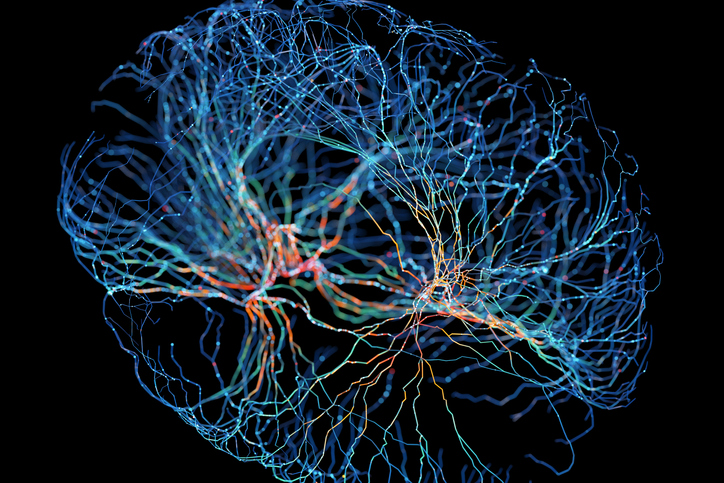Scientists at the Washington University School of Medicine in St. Louis have developed an immunotherapy to minimize the damage from traumatic spinal cord injury. Their findings in mice show that immunotherapy can lessen damage by protecting neurons at the injury site from being attacked by immune cells.
Their new study is published in Nature in an article titled, “Engineered T cell therapy for central nervous system injury.”
“Traumatic injuries to the central nervous system (CNS) afflict millions of individuals worldwide, yet an effective treatment remains elusive,” the researchers wrote. “Following such injuries, the site is populated by a multitude of peripheral immune cells, including T cells, but a comprehensive understanding of the roles and antigen specificity of these endogenous T cells at the injury site has been lacking. This gap has impeded the development of immune-mediated cellular therapies for CNS injuries. Here, using single-cell RNA sequencing, we demonstrated the clonal expansion of mouse and human spinal cord injury-associated T cells and identified that CD4+ T cell clones in mice exhibit antigen specificity toward self-peptides of myelin and neuronal proteins. Leveraging mRNA-based T cell receptor (TCR) reconstitution, a strategy aimed to minimize potential adverse effects from prolonged activation of self-reactive T cells, we generated engineered transiently autoimmune T cells. These cells demonstrated notable neuroprotective efficacy in CNS injury models, in part by modulating myeloid cells via IFNγ.”
“Immune cells in the central nervous system have a reputation for being the bad guys that can harm the brain and spinal cord,” said senior author Jonathan Kipnis, PhD, the Alan A. and Edith L. Wolff Distinguished Professor of Pathology & Immunology and a BJC investigator at WashU Medicine. “But our study shows that it’s possible to take advantage of immune cells’ neuroprotective function, while controlling their inherent detrimental abilities, to help in the recovery from central nervous system injury.”
After injury, immune cells flood the site. Among those cells are a mixture of activated T cells that either harm or protect the surrounding neurons. Wenqing Gao, PhD, a postdoctoral research associate in the department of pathology & immunology and the study’s first author, analyzed T cells from the spinal cords of injured mice and performed a genetic analysis to decode their identities. Her goal was to separate the harmful from the protective T cells and create numerous copies of the beneficial cells with which to treat the injured mice.
Gao discovered that the protective T cells that flood into the injury site can mistakenly attack the body’s surrounding tissues when activated for too long, causing autoimmune disease. To improve the therapy’s safety, Gao modified the cells to shut off after a few days.
Mice given the modified T cells had better mobility than did the untreated mice. The researchers saw the biggest improvements when the mice were infused with T cells within a week of the injury. None of the mice receiving immunotherapy developed a destructive autoimmune reaction.
“There are no effective treatments for traumatic injuries to the central nervous system,” explained Gao. “We developed immunotherapy for such injuries by taking advantage of the protective immune cells that infiltrate the injury site and found that it dramatically improved mobility in mice.”
In collaboration with WashU Medicine’s Wilson Zachary Ray, MD, a spinal cord surgeon and the Henry G. & Edith R. Schwartz Professor of Neurosurgery, the researchers also looked every day for a week for T cells in the cerebral spinal fluid of patients with spinal cord injuries. They found a significant expansion of the T cells, confirming the feasibility of expanding protective T cells from such patients to generate the immunotherapy.
“Our future goal is to devise a clinical trial to test the therapy in people with such injuries, while expanding this work to neurodegenerative diseases such as amyotrophic lateral sclerosis (ALS) as well as Alzheimer’s and Parkinson’s diseases,” Gao said.
Kipnis added, “Although the initial trigger in neurodegenerative diseases is different, the subsequent death of neurons may very well be mediated by similar processes, opening an opportunity for adapting our engineered cells for use as a therapy in neurodegeneration.”



